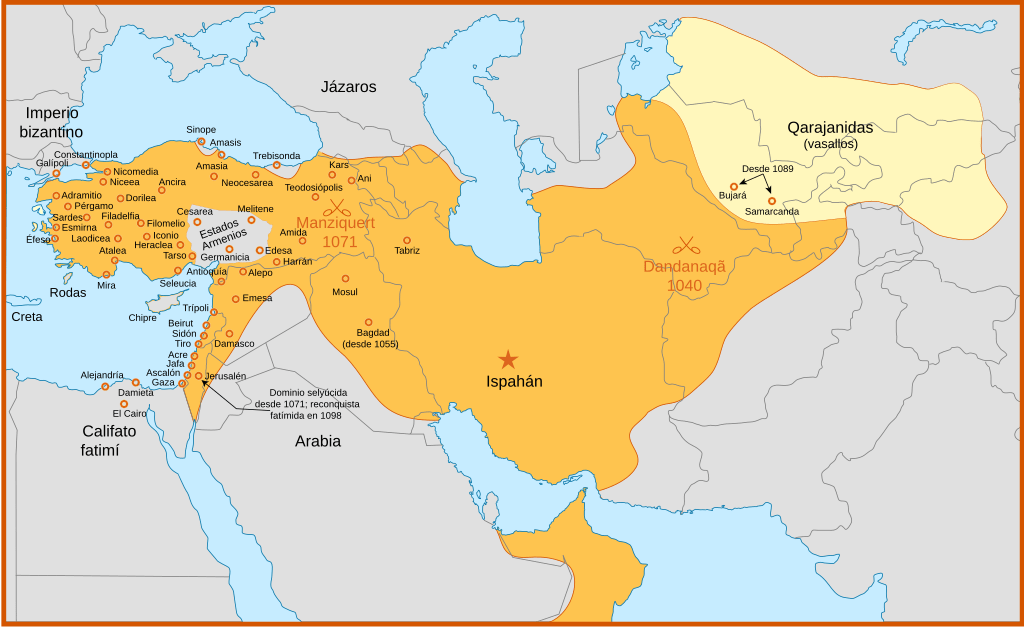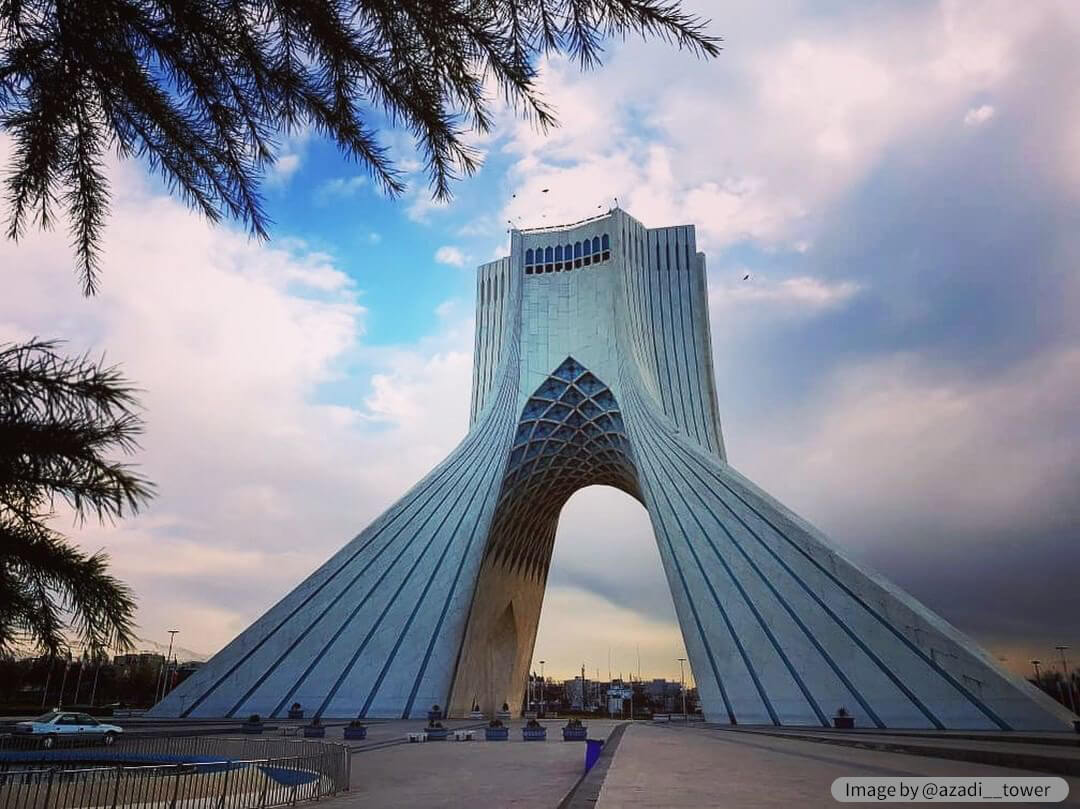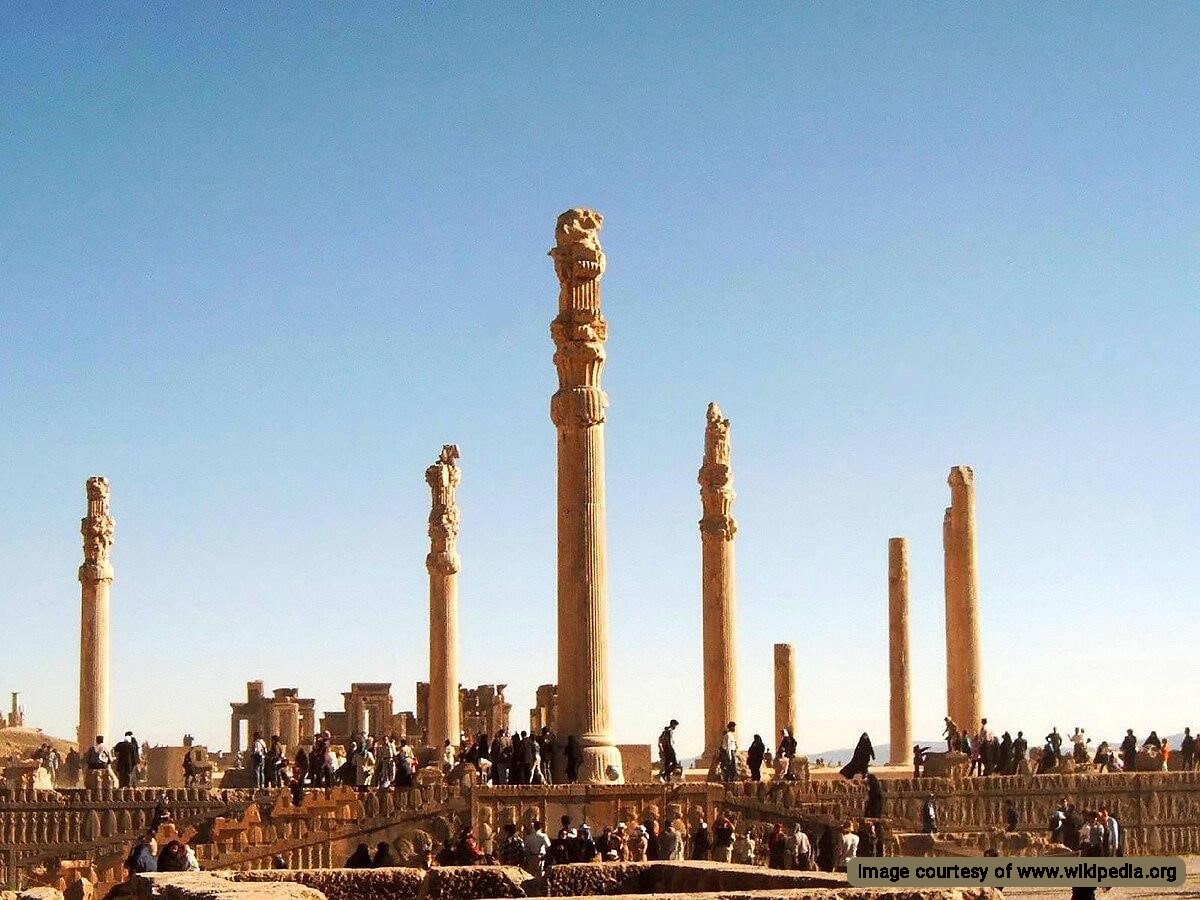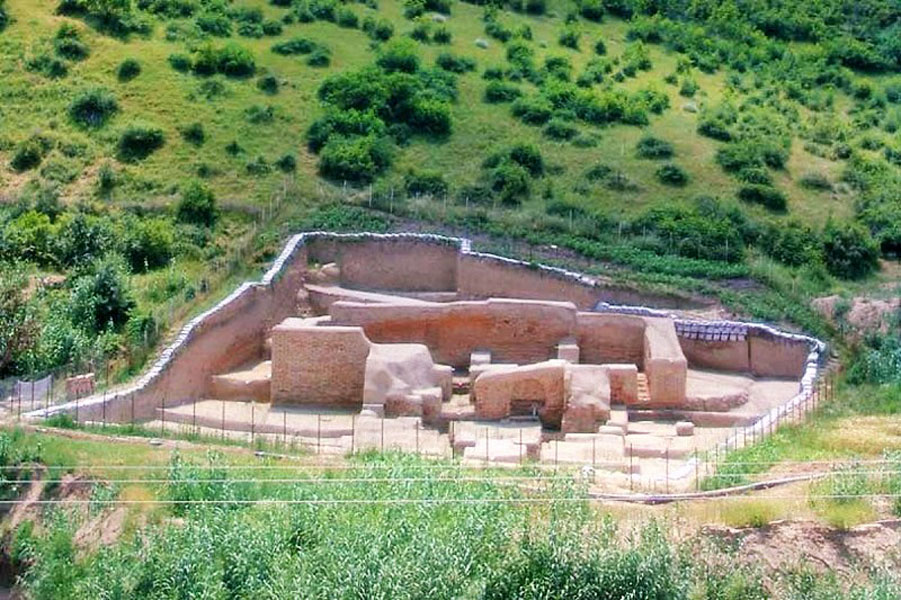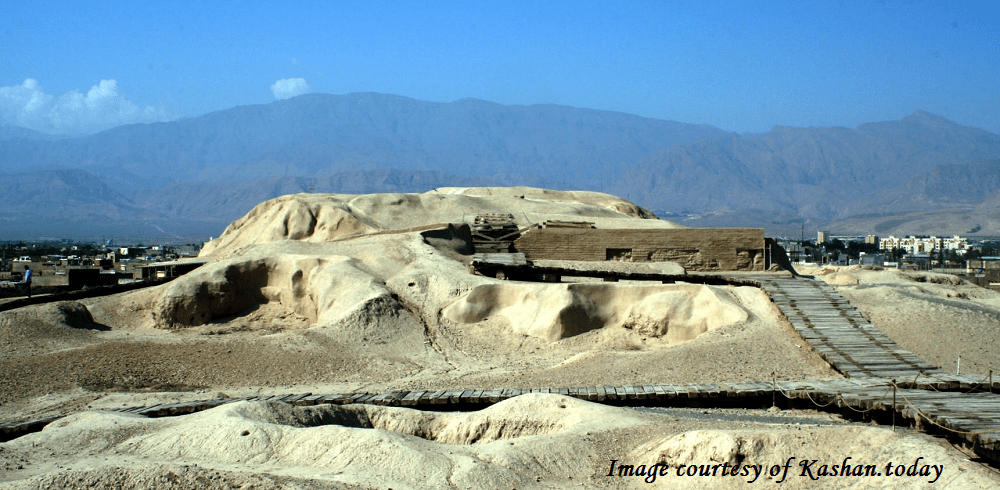
The Sialk mounds of Kashan city, also known as Tape Sialk, is located approximately 3 kilometers southwest of the city center. These ancient mounds are more than 7000 years old. Cultural heritage experts regard it as one of the tourist attractions of Kashan.
The site is formed of two separate mounds 600 meters away from each other and located near the Kashan-Fin road. Nowadays, with the urban developments both in Kashan city and Fin area, you can say that the site is within Kashan toward Fin neighborhood. There are two major cemeteries in Sialk historic mounds according to the archeological findings. One dates back to 3500 years ago and the other one is 3000 years old.
Relics Unearthed in Sialk Mounds, the Oldest Human Settlement
Archaeologists have done many studies about Sialk mounds and registered countless discoveries. They believe the people of the area had chosen this spot to settle in since approximately 7,000 years ago. At that time, it had an ideal condition for cultivation and that is why people started life on this spot.
There are two main reasons why ancient people had chosen this location to settle in:
- The existence of the water running from Soleymaniyeh Fountain since 7000 years ago, which is still flowing, and
- The discovery of a 1 meter-thick sedimentary layer that must be the trace of a river from this Fountain.
The river sourced from Soleymaniyah Fountain was irrigating the Fin gardens and heading toward Kashan City until the last century. The ancient city of Kashan, which later emerged, indebts its existence somewhat to Soleymaniyeh Fountain.
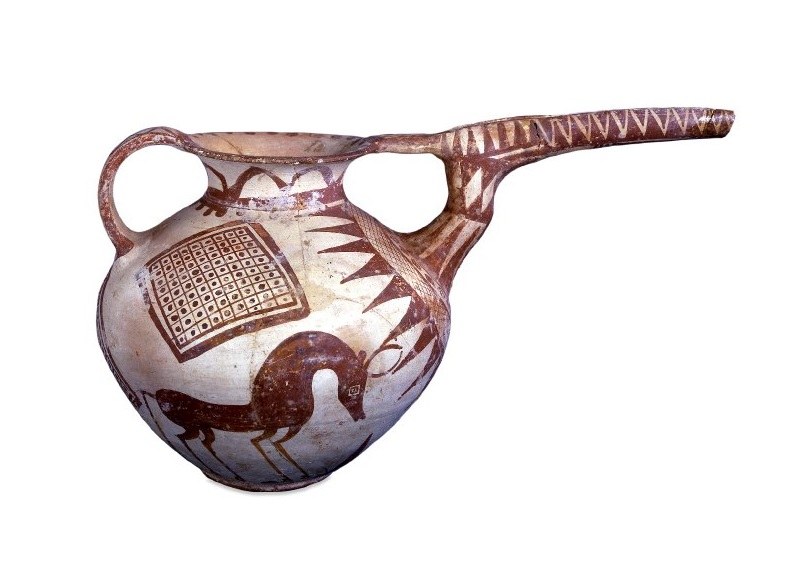
The researches of Roman Ghirshman, the famous French archaeologist, and his colleagues led to the discovery of valuable remnants and objects in this archaeological site. They managed to unearth the valuable treasures in the city, which are symbolic of the culture and civilization of the area. Due to these archeological researches, today we consider Sialk mounds the oldest human settlement on the Iranian plateau.
Ghirshman and his colleagues took numerous archaeological measures on this historic hill from 1933 to 1937. They published their findings in foreign journals. The research team studied Sialk mounds and its cemeteries and published the conclusion of their studies in 1938.
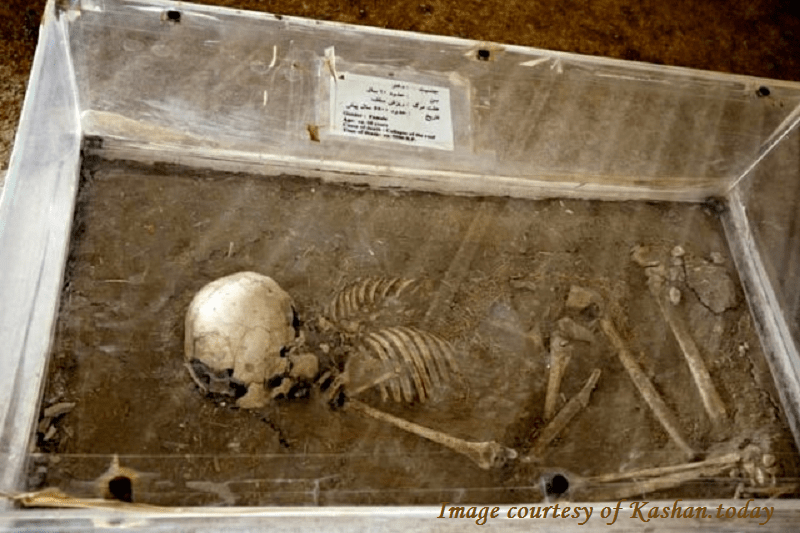
During studies and discoveries on Sialk mounds, archaeologists discovered a large number of clay objects and several human skeletons. The National Museum of Iran maintains and exhibits some of these objects to visitors.
The research team discovered a number of potteries in different shapes dating back to about 3500 years ago.
Archaeologists found out that people who lived in Kashan on these historic mounds used metals to make their own tools and essentials. The discovery of metal tools, such as spears and spindles, is a solid proof for that.
Pottery with Embossed Patterns, Sialk Mounds’ Relics
According to archaeologists’ reports of excavations in Sialk mounds, the earliest inhabitants of this human settlement constructed their houses in form of mud huts. The ancient people of the area built their houses by sun-dried clay. According to historical findings, the construction of mud huts in Sialk mounds of Kashan has evolved over time.
Archaeologists believe that these people used kilns to make various potteries. The potteries unearthed in this site are full of varied and attractive patterns and motifs.
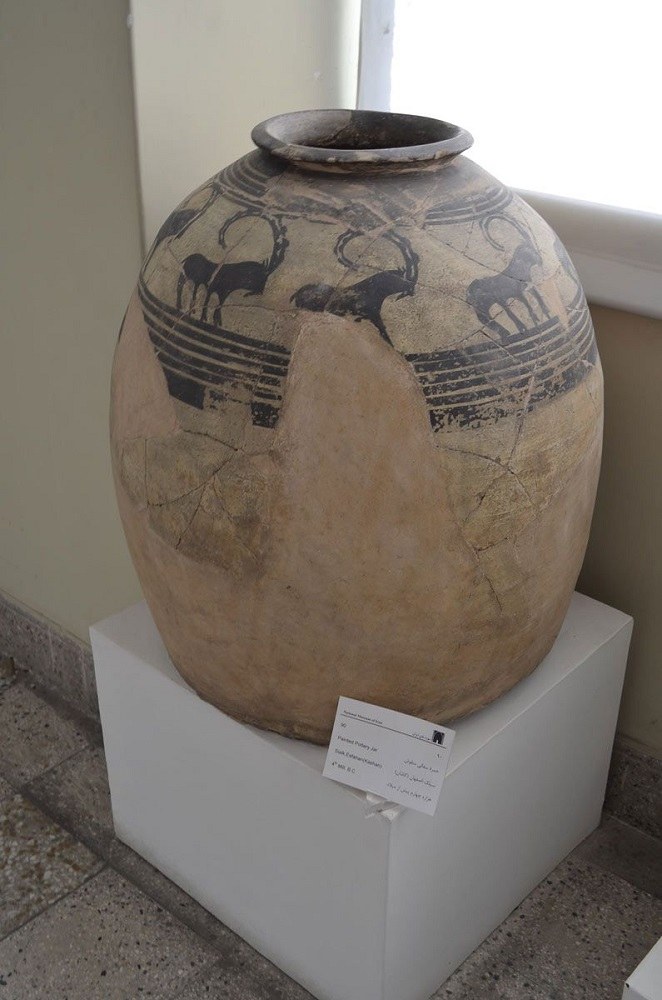
The settlers of this area made jars of various sizes that many of them had narrow spouts and large bodies. Potters used to carve plant or animal motifs on the jar bodies and then placed them in the kilns to form their final shape.
According to recent findings, archaeologists have unearthed a large number of ancient metal objects and potteries from the cemeteries of the area. The discovery made the researchers infer that people living at this site believed in post-death life. Therefore, they buried some objects and equipment along with the dead bodies.
When Ghirshman and his assistants began to study the second cemetery of these historic mounds, they found out that the mounds relics were much older than they thought. Unfortunately, a large number of these objects are lost.
They examined the graves of the area and recorded their findings. Based on these findings, people used cut stones or bricks to make the grave for the corpses. They also found lots of specially designed potteries in the graves.
Sialk Mounds of Kashan, Industrial Area throughout History
The Louvre Museum in Paris houses some of finding objects of these ancient mounds. The potteries with beautiful designs are among the valuable and unique objects of Sialk mounds. In addition, the researchers have discovered melting kilns in the southern part of the mounds.
The discovery of metal-melting kiln by archaeologists indicates that people in the area used metals in the millennia BC to make tools. This led archaeologists to identify the region as an industrial city in the antiquity.
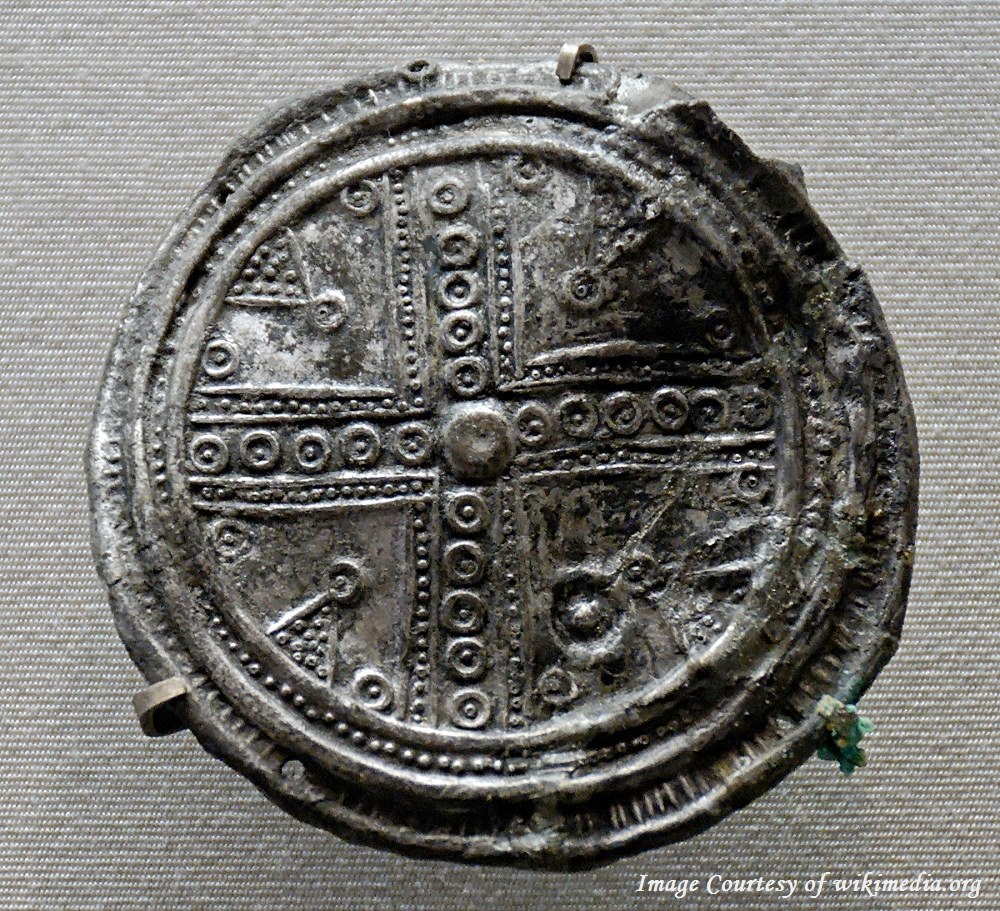
The artisans in that era used decorative ornaments, bread-baking ovens and particular seals with special scripts for the exchange of goods. These handmade products are among other archaeological discoveries of the area.
To date, the Sialk mounds have experienced many changes. Therefore, the historic values of the site have largely diminished. However, the tourism authorities of Iran have recently organized the site to attract more tourists. More can be done so that people can get a better understanding of this ancient human settlement and the importance of the site for Iranian history.







